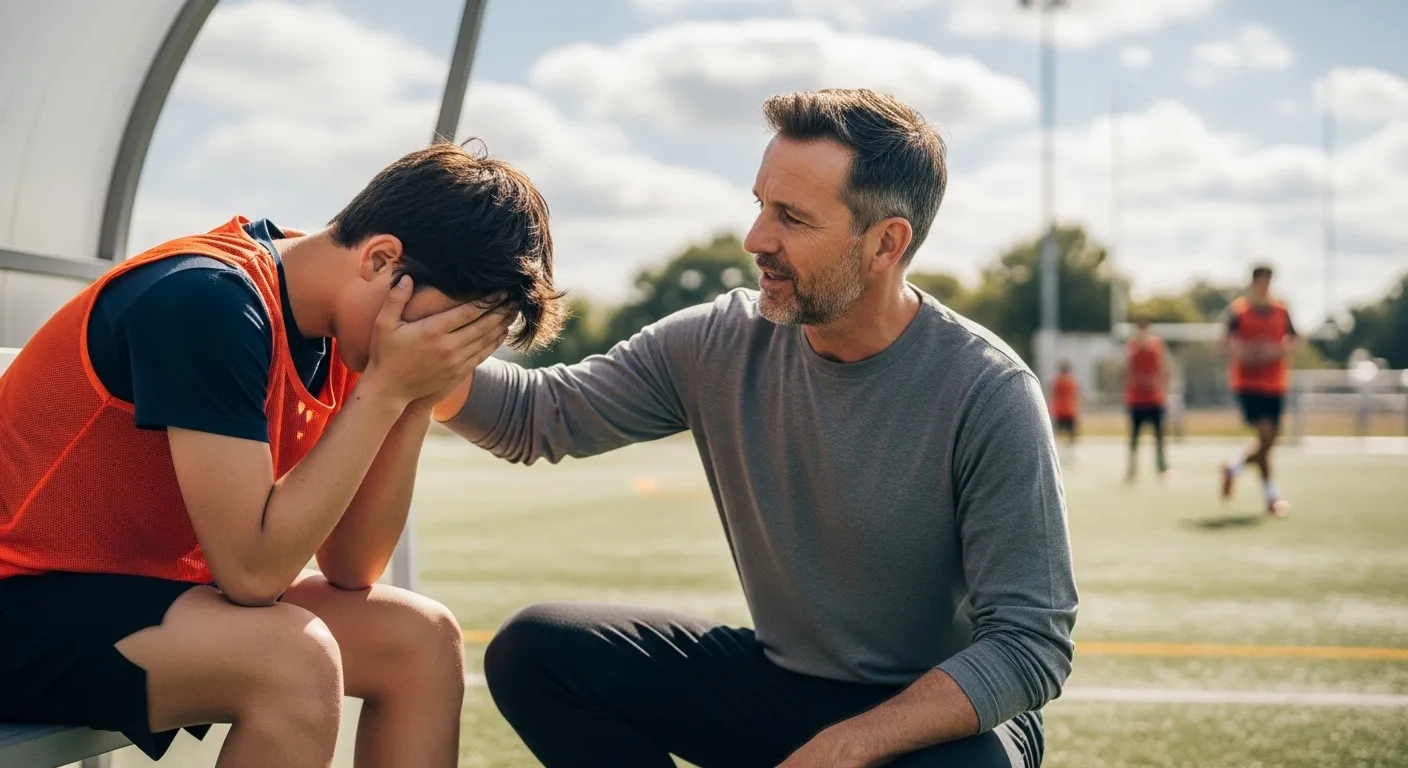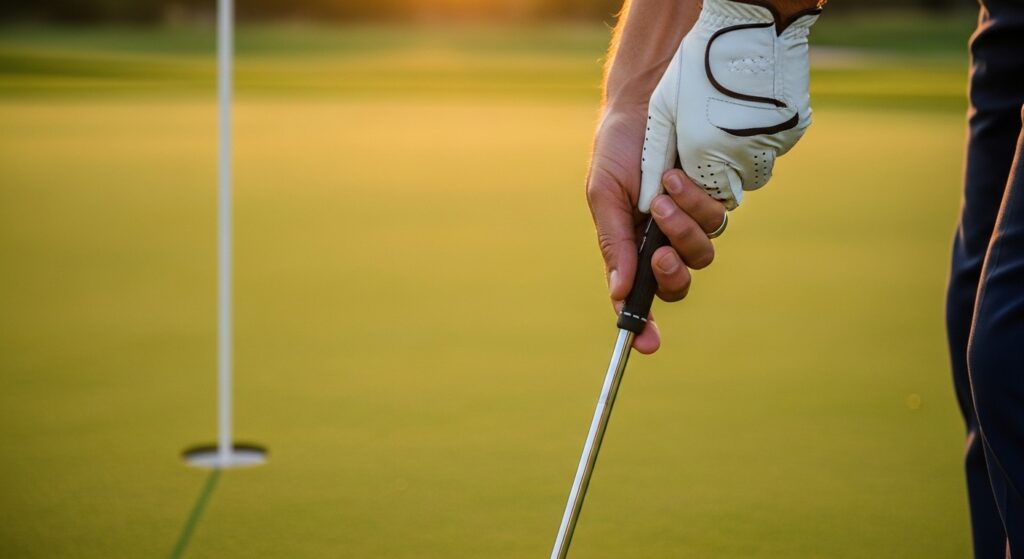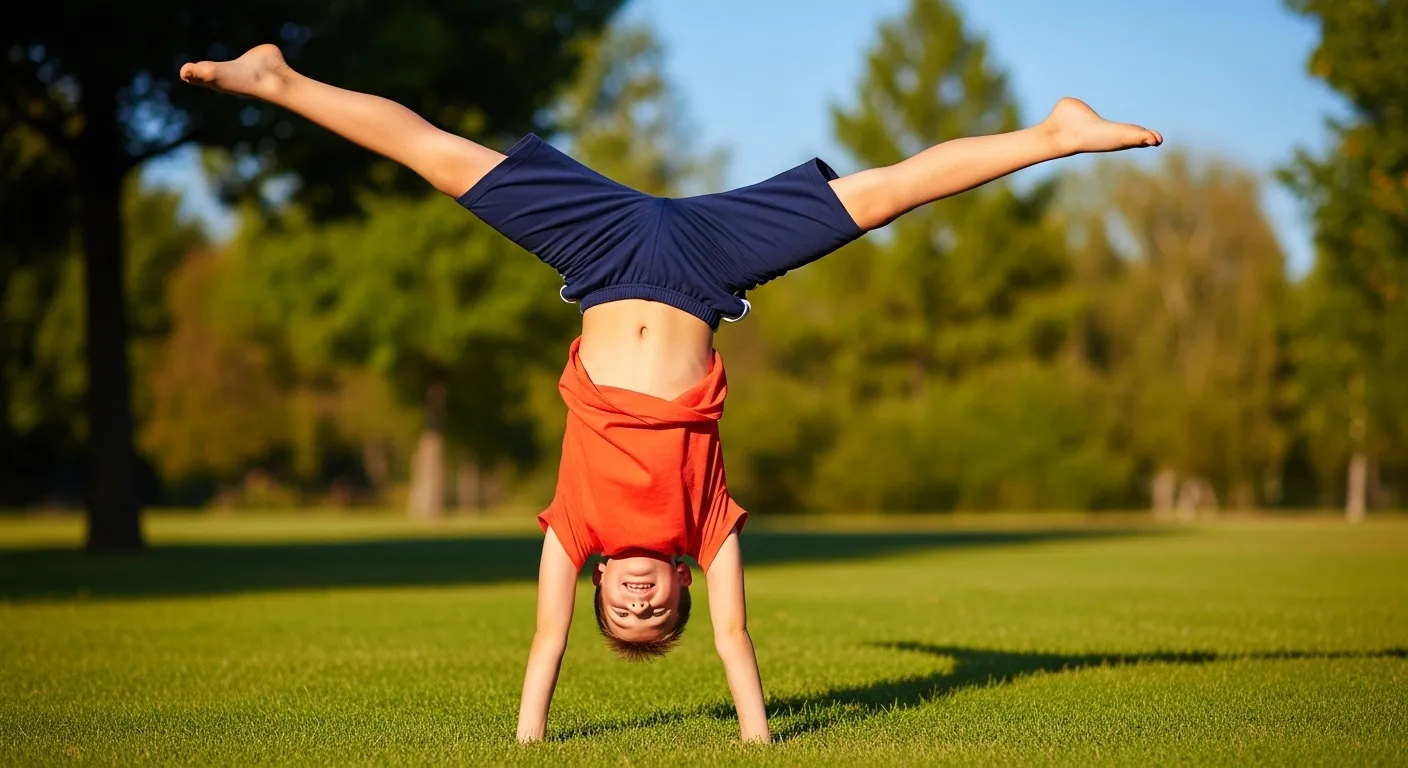What Are the Yips and How Do You Fix Them?

I still remember the first time someone asked me what are the yips. It was a baseball kid I coached years ago. He could throw fine in warm-ups. Then the game started and his arm looked like it belonged to someone else. Wild, loose and no clue where the ball went.
You may hear this word a lot in sports. Golf, baseball and tennis. Even simple tasks like a short toss or an easy putt can turn strange when the yips show up. Most people think it’s all in the mind. Some think it’s a nerve thing. Some say it’s fear. And yes, all of these play a part in some way.
Below is everything I’ve learned through hands-on work with athletes who had the yips. What causes it. What it looks like. How to break out of it. And how to stop the spiral that ruins confidence.
What Are the Yips: A Simple Look
The yips are sudden control problems in a skill you have done thousands of times. A short throw, a putt and a swing. Something your body knows well. Then one day, it glitches. The move shakes, jerks, stops and feels wrong. Here are some yips:
- Sometimes you freeze.
- Sometimes the ball goes sideways.
- Sometimes you can’t start the motion at all.

Why It Changes Under Stress
The strange thing is that your body can do the move when you don’t think about it. You can do it in warm-ups. You can do it alone. But once pressure hits or you feel watched, the move slips away.
This is why a lot of people link the yips to mental block in sports and performance anxiety in athletes. But it’s not only mental. There are also cases tied to nerves in the hand or arm. This is why we look at both physical vs mental causes of the yips with every athlete.
What Causes the Yips
From what I’ve seen, there are three main groups:
1. Anxiety and Overthinking
This is the most common cause. When athletes fear making a mistake, the brain jumps into “fix it” mode. That tightens the muscles. Breaks flow. You get anxiety during games. And that leads to freezing up in sports.
This is why many people link the yips to the fight between skilled action and overthinking. When you think too much, your muscle memory breakdown starts. You lose the natural rhythm of the move. Every step becomes manual. And manual never beats natural.
2. Nerve or Motor Issues
This part rarely gets talked about, but it matters. Some athletes have small nerve misfires. It can show up as twitches and jerks. Or a brief loss of fine motor control.
When this happens during sport, it looks like motor control problems in sports. This is more common in golf and baseball. The putting yips and throwing yips are often linked to this.
3. Past Mistakes That Turn Into Fear
This one sneaks up on people. You mess up once. Then you fear messing up again. Then your fear becomes the new habit. And the habit becomes a block.
I’ve watched this happen many times with kids and pros. One bad play builds a wall in their head. Then the wall becomes bigger than the skill.

Symptoms of the Yips
From all the cases I’ve handled, these are the main signs:
- shaky hands before the move
- tight grip
- jerky motion
- late start or pause mid-motion
- ball flying off line
- perfect warm-ups but awful game reps
- loss of feel for simple tasks
- strange fear before the move
In golf, these symptoms show up in short putts. In baseball, they pop up in simple throws from shortstop to first base. In both sports, the move is small but the stress is big.
Yips in Golf
Golf is the sport where the yips get the most attention. The short putt. The one you have hit a million times. Then one day your hands shake. Your wrists snap. You push the ball. Or stab the putter.
Many players tell me they feel a tiny hitch right before the stroke. That small pause is a sign of fear. A sign of too much mind and not enough trust in the stroke. That pause breaks the flow of the putt. And the result is bad.
Putting Yips
Putting yips come from tension. The hands squeeze too hard. The forearms lock. The mind starts racing. Once that starts, even a three-foot putt feels huge.
Golfers often describe it like this: “I know the stroke. But I can’t make my body do it.” I’ve heard this a hundred times.
Yips in Baseball
Baseball players get hit with a different version. The throwing yips show up when a player can’t make a simple toss. The ball may sail high. Bounce early. Or slip. The arm doesn’t fire the same.
A shortstop who has played for years can suddenly lose his throw. A catcher can’t toss back to the pitcher. Even pitchers lose command on simple warm-up pitches.
In baseball, the fear of letting down the team makes the problem worse. You want to fix it so bad that you press even harder. That pressure works against your natural throwing motion.

Yips vs Choking: They Are Not the Same
People mix these up all the time. Yips vs choking is a real debate in locker rooms. Choking is failing under pressure. The skill is still there. The mind panics and you break down.
The yips are different. The skill itself becomes blocked. It doesn’t matter if the moment is big or small. Even a simple play becomes hard. Choking is temporary. The yips can last weeks. Or months. Or longer if not addressed.
Why Athletes Get the Yips
This is a list I have built over years:
- too much focus on results
- harsh coaching that kills trust
- trying to change form during games
- overtraining
- burnout
- fear of teammates judging
- past errors replaying in the mind
- bad habits from stress
- muscle tightness
- nerve strain
Almost every athlete with yips has at least two of these at the same time.
How to Overcome the Yips
Over the years, I’ve tried many approaches with players. Some worked. Some didn’t. The ones below work the most.
Mental Reset for Athletes
One of the best steps is a full mental reset. You take the skill back to simple. Strip away the stress. Bring the athlete into a quiet space.
Let the body remember the motion without the noise. Breathing helps. Not fancy stuff. Just slow breaths. It calms the hands. Calms the head.
Focus Drills for Athletes
Focus drills guide the brain away from fear. I use:
- soft tosses
- eyes-closed repeats
- one-hand putting
- slow-motion swings
These drills help athletes trust feel again. They also rebuild sports confidence issues that have been shaken.
Fixing the Move Without Overthinking
This is a tricky part. You want to fix the move but not turn it into a puzzle. Too many steps make the move worse. I keep it simple:
- One cue
- One feel
- One rep at a time
How to Fix the Yips Fast
Fast fixes don’t always work, but some athletes improve quickly when the pressure is removed. The fastest fixes I’ve seen come from:
- changing grip
- changing start point
- breaking the cycle by changing setup
- doing 20 slow reps before each real rep
- removing audience pressure
You can’t rush the skill. But you can change the feel. And that often breaks the old pattern.
Athlete Performance Slump and the Yips
Many athletes with the yips go through a larger athlete performance slump. They stop trusting all parts of their game. Their confidence drops. They fear mistakes everywhere.
I tell them this is normal. When one part breaks, the mind spreads the fear. This is why we rebuild small wins first. One clean throw. One clean putt. One clean swing. You stack these wins. And the slump slowly ends.
How Coaches Can Help With the Yips
Coaches play a huge role here. A coach can make the yips worse without meaning to. Simple comments like “relax” or “you’re thinking too much” make the athlete feel broken. Here is what helps:
- patience
- calm language
- no teasing
- small tasks
- no rush
- no extra spotlight
- praise for small progress
One coach can save a player’s season. Another can crush it. Happens every year.

Rebuilding Confidence After the Yips
This part takes time. You can’t fake confidence. You can’t talk your way into it. You build it through action. Here is I work on:
- simple drills
- slow reps
- small challenges
- controlled pressure
- tracking wins
- letting the athlete talk out fears
- normalizing mistakes
When the athlete sees progress, confidence comes back. It’s slow. But it’s steady.
Table: Common Yips Problems and Simple Fixes
| Issue | How It Shows | Simple Fix Steps |
|---|---|---|
| Putting yips | shaky wrists | slow reps, soft grip, one-hand drills |
| Throwing yips | ball sails or drops | change arm slot, short toss, low-stress reps |
| Freezing up | pause before move | breathing cues, step-back drills |
| Muscle memory breakdown | move feels robotic | eyes-closed reps, rhythm drills |
| Anxiety during games | tight hands, fast heart | pre-play routine, shorter focus window |
Final Thoughts
The yips feel scary when you’re inside them. They make simple moves feel huge. But I’ve seen hundreds of athletes beat them. Some needed a week. Some a season. But they came back.
If you’re dealing with it now, yeah, it feels strange. But it’s fixable. Always.
FAQs
1. Can the yips go away on their own?
Yes, sometimes they fade with rest or less pressure. But most athletes need some type of reset or drill work.
2. Are the yips mental or physical?
They can be either. Many cases are mental. Some are linked to nerves or motor issues. Often it’s a mix.
3. How do you know if you have the yips?
You might have the yips if a straightforward skill you’ve done for years suddenly feels strange, unstable, or out of control.
4. How long do the yips last?
It varies. Some people break out of it in days. Others need weeks or months. It depends on stress, habits, and support.
5. Do pro athletes get the yips?
Yes. Many famous golfers and baseball players have dealt with the yips. It hits beginners and pros the same way.

I’m Benjamin Clark, dedicated to elevating your athletic performance. Get targeted fitness plans, injury prevention techniques, sports psychology insights, and the latest in nutrition. Let’s train smarter.


